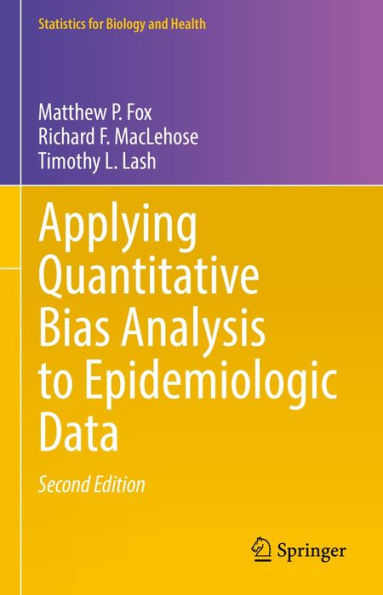Timothy Lash, D.Sc., M.P.H., is professor in the Department of Epidemiology at the Rollins School of Public Health and honorary professor of cancer epidemiology in the Department of Clinical Epidemiology at Aarhus University in Aarhus, Denmark. Dr. Lash is also past-President of the Society for Epidemiologic Research (SER) for the 2014-2015 term. His research focuses on predictors of cancer recurrence, including molecular predictors of treatment effectiveness and late recurrence, and he also researches methods and applications of quantitative bias analysis.
Matthew Fox, D.Sc., M.P.H, is associate professor in the Center for Global Health&Development and in the Department of Epidemiology at Boston University. Before joining Boston University, he was a Peace Corps volunteer in the former Soviet Republic of Turkmenistan. Dr. Fox is currently funded through a K award from the National Institutes of Allergy and Infectious Diseases to work on ways to improve retention in HIV-care programs in South Africa from time of testing HIV-positive through long-term treatment. His research interests include treatment outcomes in HIV-treatment programs, infectious disease epidemiology, and epidemiological methods, including quantitative bias analysis.
Richard MacLehose, Ph.D., is associate professor in the Division of Epidemiology and Community Health at the University of Minnesota. Dr. MacLehose received his M.S. in epidemiology from the University of Washington and his Ph.D. in epidemiology from the University of North Carolina. His research interests include Bayesian statistics (including bias analysis), epidemiologic methods, applied biostatistics, and reproductive and environmental health.



